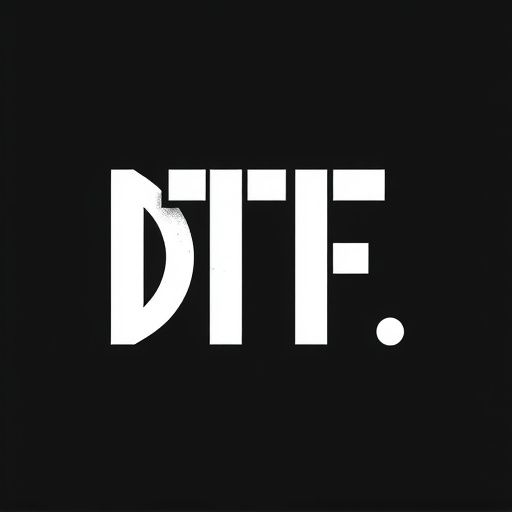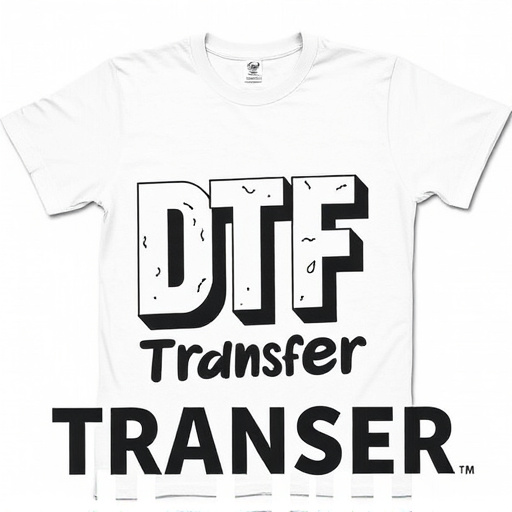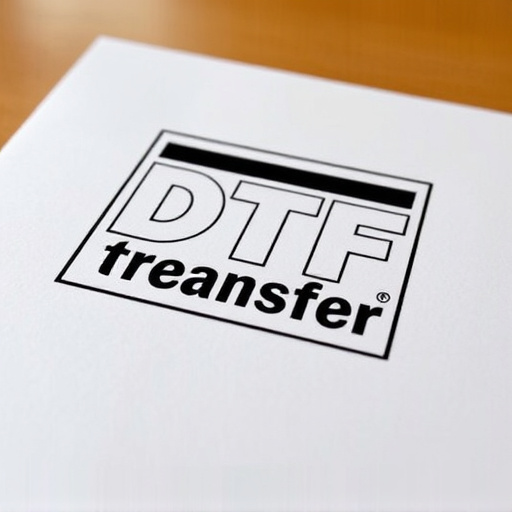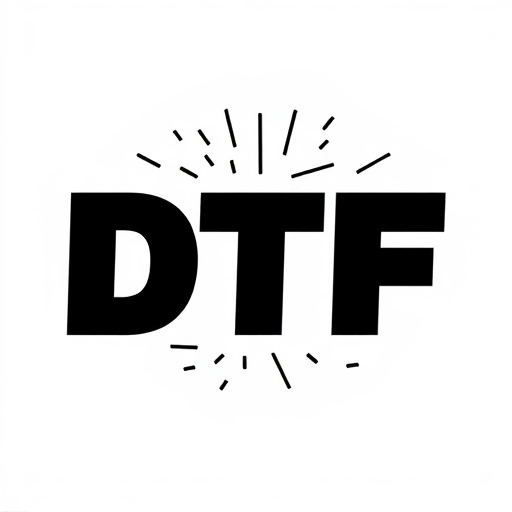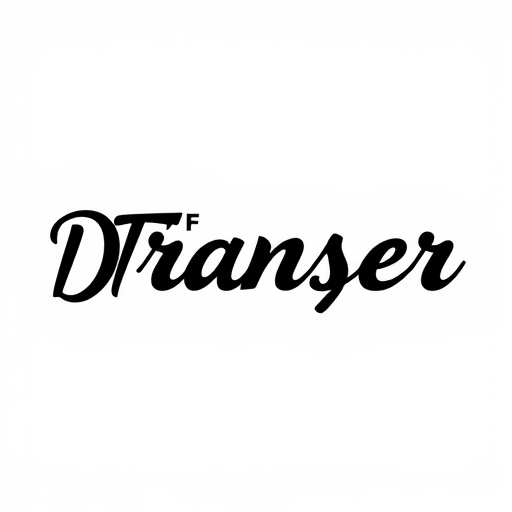Direct-to-fabric (DTF) transfer technology has revolutionized textile printing by offering a versatile, efficient, and high-quality method for creating vibrant, long-lasting prints on polyester fabrics. DTF simplifies the process without pre-treating, allowing printers to achieve crisp, durable prints with minimal setup. This innovative technique enables designers to create unique, personalized garments and accessories suitable for everyday use and washing. Key considerations include understanding fabric texture, selecting appropriate adhesives, and controlling transfer variables like temperature and pressure. DTF printing offers faster production times, cost savings, superior color quality, and intricate design capabilities compared to traditional methods, making it suitable for apparel, accessories, and promotional items.
Discover the revolutionary world of DTF (Direct-to-Fabric) Transfer Technology, a game-changer in the printing industry. This article explores how advanced film transfers are now designed to seamlessly adhere to polyester fabrics, opening doors for vibrant and durable DTF prints. From the science behind adhesion to choosing the right materials and application techniques, we delve into the process, benefits, and diverse applications of DTF Printing, setting the stage for future trends.
- Understanding DTF Transfer Technology
- The Science Behind Adhesion to Polyester Fabrics
- Benefits of Using DTF for Fabric Printing
- Choosing the Right DTF Ink and Substrates
- Application Techniques for Optimal DTF Prints
- Industry Applications and Future Trends in DTF Printing
Understanding DTF Transfer Technology
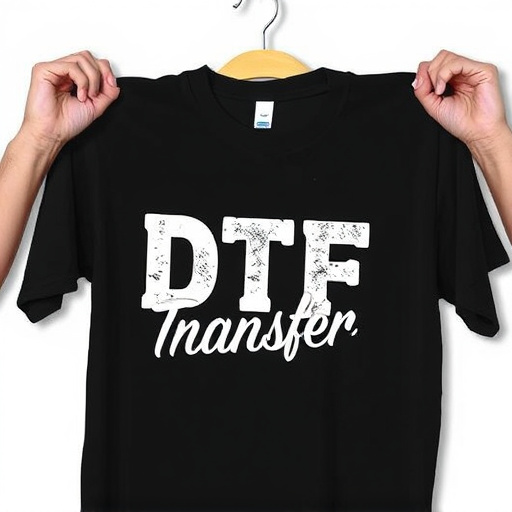
Direct-to-fabric (DTF) transfer technology has revolutionized the way we print on textiles, offering a versatile and efficient method for creating high-quality DTF prints. This process involves transferring ink directly onto polyester fabrics, allowing for vibrant and long-lasting designs. The DTF method is particularly popular among custom apparel creators due to its ability to produce detailed, full-color artwork on various fabric types.
Unlike traditional printing methods that may require separate steps for pre-treating fabrics, DTF transfer technology simplifies the process. It enables printers to achieve crisp, durable DTF prints without the need for complicated setups. The technique ensures that inks adhere permanently to the polyester fibers, making the resulting products suitable for everyday use and washing. This advancement in printing technology has opened up new possibilities for designers and businesses looking to create unique, personalized garments and accessories.
The Science Behind Adhesion to Polyester Fabrics

The adhesion of film transfers to polyester fabrics is a complex scientific process that has been meticulously refined over time. DTF (Direct-to-Fabric) transfer, a specialized printing technique, relies on several factors to ensure a strong and lasting bond between the fabric and the printed image. Polyester fabrics, known for their durability and smooth surface, present unique challenges due to their non-porous nature.
DTF Printing involves transferring inks or dyes directly onto the fabric’s surface, where they merge with the material’s chemical structure. This is accomplished through a combination of heat and pressure, causing the dye molecules to diffuse into the polyester fibers. The science behind this process ensures that DTF Prints are vibrant, long-lasting, and resistant to fading or peeling. Key elements include understanding the fabric’s texture, selecting appropriate adhesives, and controlling variables like temperature and pressure during the transfer to achieve optimal adhesion and image quality.
Benefits of Using DTF for Fabric Printing
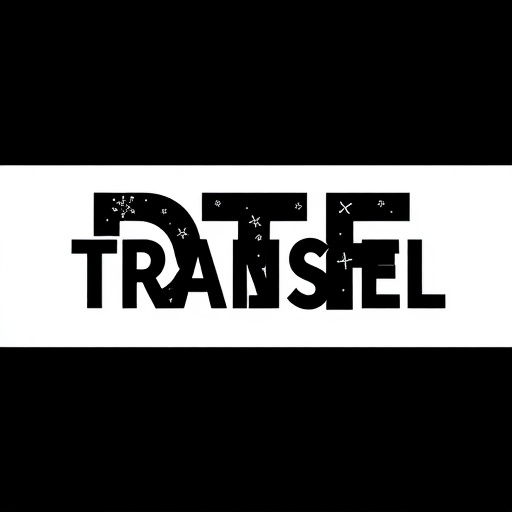
Direct-to-fabric (DTF) transfer printing offers numerous advantages for those looking to adorn polyester fabrics with vibrant, long-lasting prints. This innovative technique eliminates the need for complicated screening and plate-making processes often associated with traditional printing methods. As a result, DTF enables faster production times and more cost-effective results, making it an attractive option for businesses seeking efficient fabric decoration solutions.
The benefits of DTF extend beyond its efficiency. The process ensures superior print quality, delivering rich colors and sharp details directly onto the polyester surface. This direct application not only enhances the visual appeal but also guarantees a durable finish that can withstand regular wear and tear. Moreover, DTF printing is versatile, accommodating various design complexities, from simple text to intricate graphics, making it suitable for a wide range of applications, including apparel, accessories, and promotional items.
Choosing the Right DTF Ink and Substrates
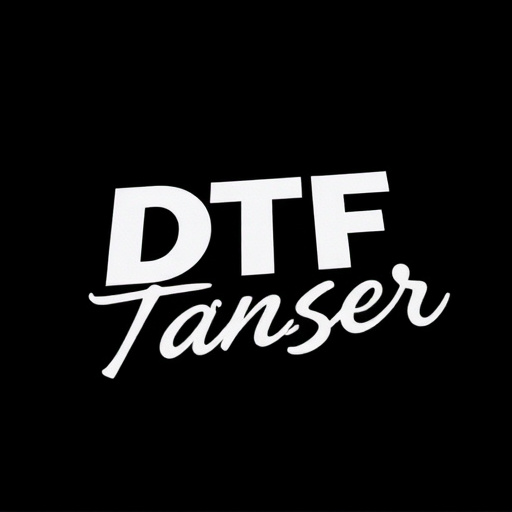
When it comes to creating high-quality DTF (Direct to Fabric) transfers for polyester fabrics, selecting the appropriate DTF ink and substrates is a critical step in achieving exceptional results. The right choice ensures vibrant colours, durability, and a smooth printing process. DTF inks are designed specifically for fabric application, offering excellent adherence and fast drying times on polyester materials. These inks come in various types, each with unique properties; water-based DTF inks are popular for their low odour and environmental friendliness, while solvent-based inks provide superior colour brightness and can be ideal for outdoor applications where durability is key.
The substrate, or the fabric itself, also plays a pivotal role. Polyester fabrics, known for their versatility and durability, require specific DTF printing substrates to achieve optimal adhesion. Pre-treated polyester materials with a smooth finish enhance ink transfer and provide a crisp print surface. Additionally, choosing the right mesh count and weight of the substrate can impact print quality and the overall feel of the final DTF prints.
Application Techniques for Optimal DTF Prints

The application technique plays a pivotal role in achieving optimal results with Direct to Fabric (DTF) prints. For DTF transfers, there are several methods to ensure the best adhesion and final product quality. One common approach is screen printing, where a mesh screen is used to apply ink directly onto the fabric, creating a precise and detailed design. This technique allows for a wide range of colors and intricate patterns, making it ideal for custom clothing and promotional items.
For smoother surfaces like polyester fabrics, precision coating or ‘spraying’ of DTF ink can yield remarkable results. This method involves evenly distributing a thin layer of ink over the fabric’s surface, allowing for sharp prints with minimal spread. Heat pressing is another critical step in the process, where high temperature and pressure fuse the ink into the fabric fibers, guaranteeing a long-lasting and vibrant print. Proper preparation and adherence to manufacturer guidelines ensure that DTF transfers create stunning, durable DTF prints that bring designs to life on various polyester materials.
Industry Applications and Future Trends in DTF Printing

The Direct to Fabric (DTF) transfer printing process has gained significant traction across various industries due to its versatility and efficiency. This technology allows for high-quality, full-color prints on a diverse range of fabrics, including polyester, making it an appealing option for everything from apparel and accessories to home decor items. DTF transfers offer several advantages over traditional methods, such as faster production times, superior color accuracy, and the ability to print intricate designs with precision.
Looking ahead, the future of DTF printing appears promising, with advancements in ink technology and printing machinery driving innovation. Industry experts predict a shift towards more sustainable inks and eco-friendly production processes. Additionally, the integration of digital technologies like AI and machine learning could lead to even greater customization and personalized DTF prints, catering to the growing demand for unique, on-demand products. As the market continues to evolve, DTF Printing promises to remain a game-changer in the textile industry, offering endless possibilities for creative expression and efficient production.








